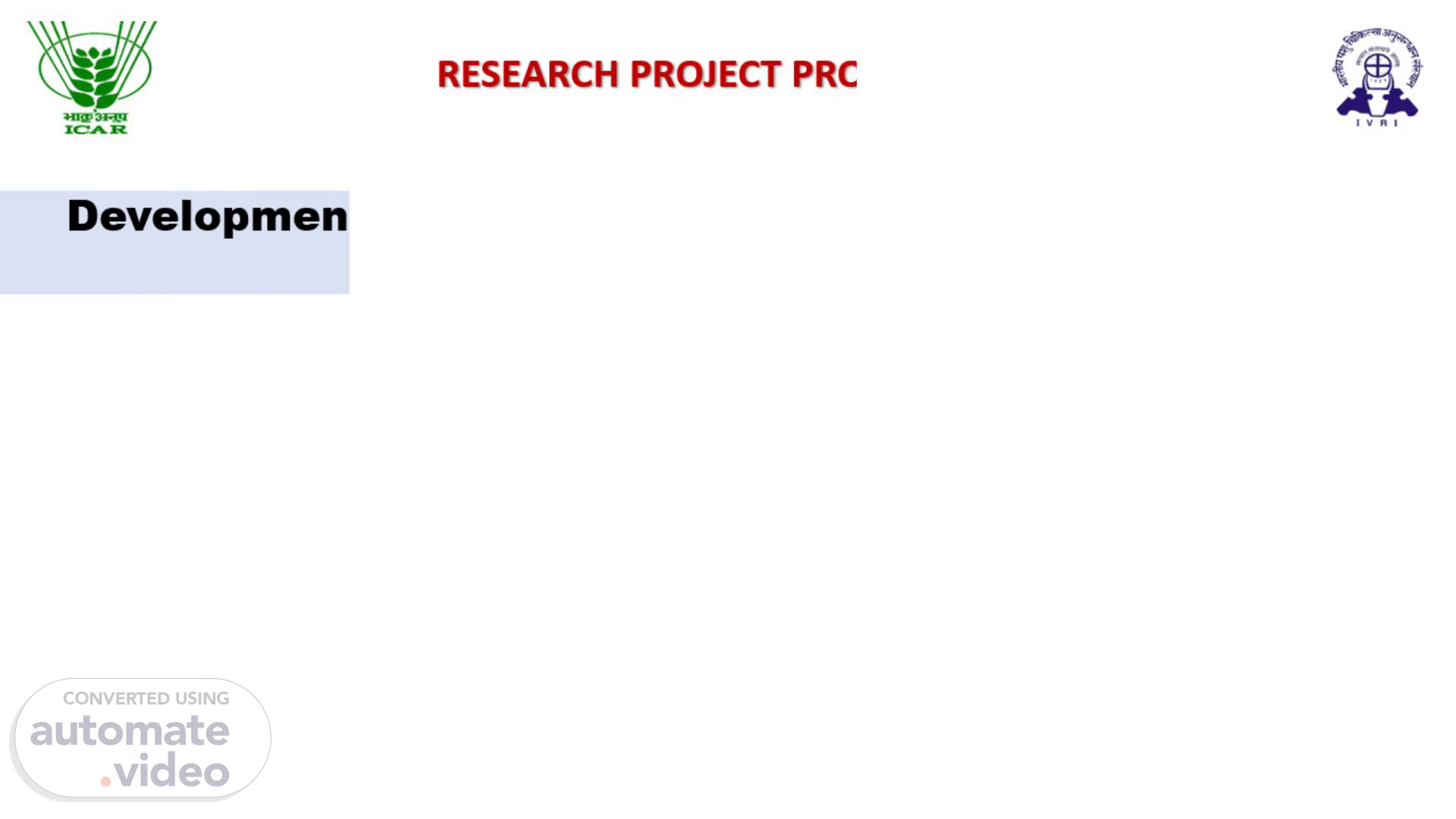
RESEARCH PROJECT PROPOSAL-1
Scene 1 (0s)
RESEARCH PROJECT PROPOSAL-1. Development of poly-herbal formulation for the control of acaricide resistant ticks.
Scene 2 (21s)
Direct Damage to the skin due to biting blood loss (anemia) Indirect Treatment cost on ticks Tick-bite paralysis Permanent stress Loss of energy embargo on animal trade Transmission of Major TBDs Treatment cost on TTBD predisposes animals to secondary inf.
Scene 3 (42s)
Economic losses. Globally- US$22–30 billion/annum (Lew-Tabor and Valle, 2016) 32.4 million US$ loss/annum in Brazil, 3.0 million US$ in USA 573.16 million US$ in Mexico (Rodriguez-Vivas et al., 2017) 168.0 million US$ in Colombia 250.0 million US$ in Australia (Meat and Livestock Australia report 2020 364.0 million US$ in Tanzania (Rodriguez-Vivas et al., 2017) 6.7 million US$ in Puerto Rico 5.0 million US$ in Zambia 787.63 million US$ in India (TTBDs) (Kaushlendra et al., 2022).
Scene 4 (1m 17s)
India possesses the largest diversity of plant species having 47,000 plant species and accounts for 7‐8% of the recorded species in the world (Vendan et al.,2016) Till date, more than 6,000 species of plants have been screened against various types of pests.
Scene 6 (1m 44s)
Entomology laboratory, Division of Parasitology. Polyherbal formulation having many active principles seems most suitable for the management of multiacaricide resistant tick infestation on animals.
Scene 7 (2m 24s)
Research Gap. No characterized anti tick formulation is available commercially as of now No characterized Polyherbal formulation (s) are available for management of tick populations.
Scene 8 (2m 34s)
Objectives. To establish in-vitro anti tick activity of different herbal extract(s) against reference susceptible (IVRI-I), multiple acaricide resistant (IVRI-V) tick strains and resistant field tick isolates. To identify the best combination of extract on the basis of LC 95 value and fast acting properties. To evaluate the in vivo efficacy of selected combination against limited expermental challenge infestations ..
Scene 9 (2m 53s)
Collection of identified plants (Banajwain, Himalayan nettle and Kalabansha).
Scene 10 (3m 24s)
Evaluation of in vivo efficacy of the selected novel formulation(s).
Scene 11 (3m 54s)
Expected Output. Polyherbal anti-tick combination.
Scene 12 (4m 0s)
THANK YOU.